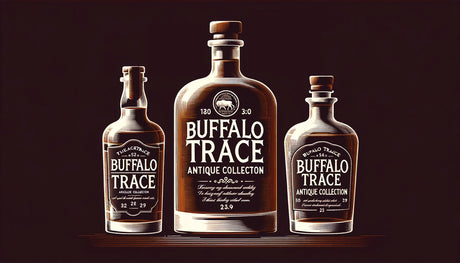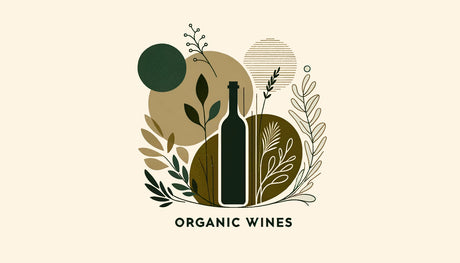Mezcal Vago Coyote en Barro
Mezcal Vago Coyote en Barro is backordered and will ship as soon as it is back in stock.
ABOUT
ABOUT
Product information
The Agave Coyote is a sub varietal of the Agave Americana var. Oaxacensis. The Coyote shares the same Latin name as Agave Arroqueño, yet they are quite different in both appearance and flavor. The Coyote matures relatively quicker and has a smaller piña and broader leaf. Coyote imparts light, earthy, and warm flavors on it’s distillate. This batch was made from 100% Agave Coyote, which is a rarity in the mezcal world. Not as rich and complex as some of Tío Rey’s other mezcals, the Mezcal Vago Coyote en Barro is approachable and delicate, yet still retains the classic Olla de Barro style. It is also a great way to become more familiar with the less common Agave Coyote and it’s unique characteristics.
Producer information
Tío Rey’s batch sizes are anywhere from 100 liters to 450 liters. This batch was 355 liters. He has two classic earthen ovens that can each hold around three tons. One oven is the normal dug out hole in the ground and lined with large River rocks and the other is dug straight into bedrock. He roasts each batch for 2 to 3 days. The cooked agave is hand ground with wooden mallets called mazos. The roasted piñas are chopped slightly with a machete then the pieces are placed on a wooden platform and pounded with the mallets. The whole family does this, grandma, grandkids, and wife, everybody 12 hours straight. An incredibly laborious technique but they are sure the flavor is better this way when not molested by such modern technology as a cement wheel and horse! Tío Rey has three fermentation vats. Two are typical vats, cylindrical and made from pine. The third and most used is the old style. It’s a trunk of a large Pino Sabino (Pine tree) hollowed out in the shape of a canoe and has been in use for 90 years! For distillation, Tío Rey uses a series of clay pots. The clay pots are called “Olla de Barro” in Spanish. That is why Mezcal Vago refers to its Mezcals as “en Barro.” They hold about 50 liters each. Each pair of pots shares a fire. The stills are made of stacks of two pots. One that holds the mash and has an open top, and another with an open bottom that rests on top of the first one. On the top pot there is an upside-down stainless steel bowl that water continually runs in and out of. When the heat from the mash rises and hits the cool top created by the water, condensation occurs. An agave leaf works as a large spoon to catch the dripping condensation (Mezcal) and runs into a piece of bamboo and into the collection container. This whole process is really laborious and takes probably 4 times the effort of a copper still and stone tahona process. Tío Rey never waters back his Mezcal, he uses just “puntas and colas”. Cuts are made by taste and smell. All of Tío Rey’s Mezcal go through a simple triple sediment filtration through tubular cellulose filters. The bottling is done by hand in the city of Oaxaca by Aquilino’s son-in-law, Judah Kuper. The light filtration is the only way the Mezcal is affected between how it was made on the palenque and how it ends up in the bottle.
Couldn't load pickup availability






